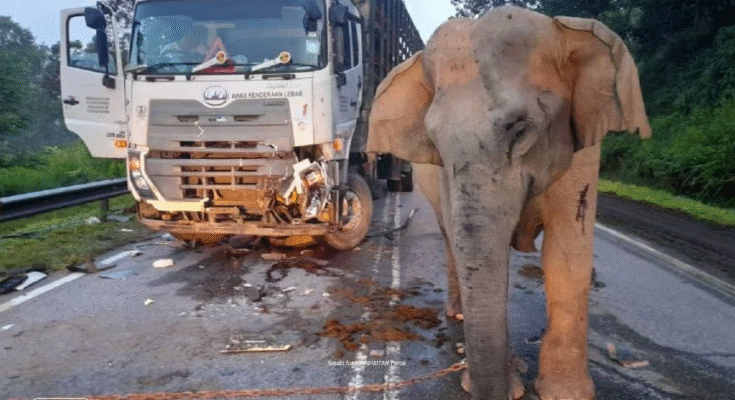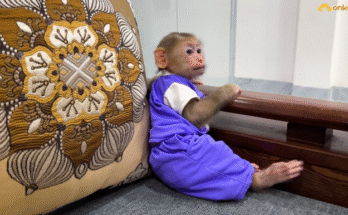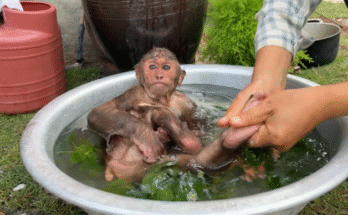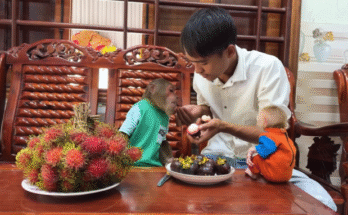The Department of Wildlife and National Parks Peninsular Malaysia (Perhilitan) has found itself in the spotlight following a tragedy that moved the nation — the death of a young elephant calf along the Gerik-Jeli highway.

The grieving mother, now safely back in her original habitat, has rejoined her herd — a small but meaningful relief for those who witnessed her heartbreak.
The mother, estimated to be between 25 and 27 years old, had stood guard over her five-year-old calf for hours after it was struck by a lorry in the early hours of the morning. She shielded the lifeless body, unwilling to walk away.

According to sightings, the female has since rejoined her herd — as is typical for female elephants, who live in matriarchal groups. “Females move in herds, led by an older matriarch,” Yusoff explained. “When the males reach about 16 or 17 years old, they leave the group and begin roaming alone.”
Yusoff also dismissed speculation that the mother elephant had returned to the crash site days later. “That’s not her,” he said. “It’s a male — you can tell by the tusks. Female elephants don’t have them, and they move in herds. Males are usually solitary.”

Every step required quick yet careful coordination — from calling a tow truck to considering the use of a bulldozer to clear the road. “Nothing is straightforward in situations like this,” Yusoff added. “Every action involves a process, and every decision matters.”
“We were trying to keep her calm,” he said. “Letting her linger could have triggered distress, even aggression. We didn’t want her to retaliate. And we can’t keep sedating an elephant repeatedly — tranquilising a wild animal is complex. It involves carefully estimating the dosage based on her age, weight and condition. Too much or too little can be dangerous,” he said.




